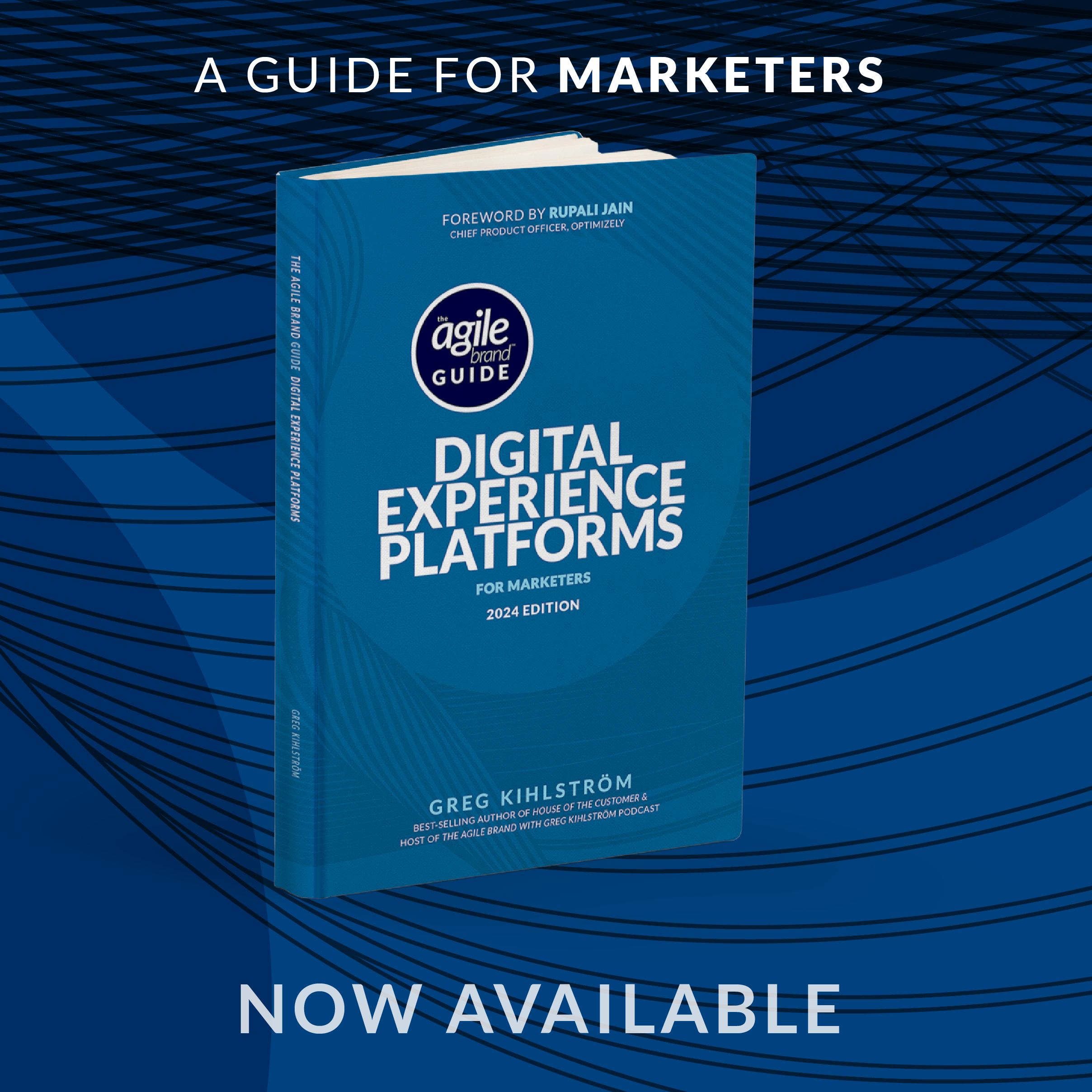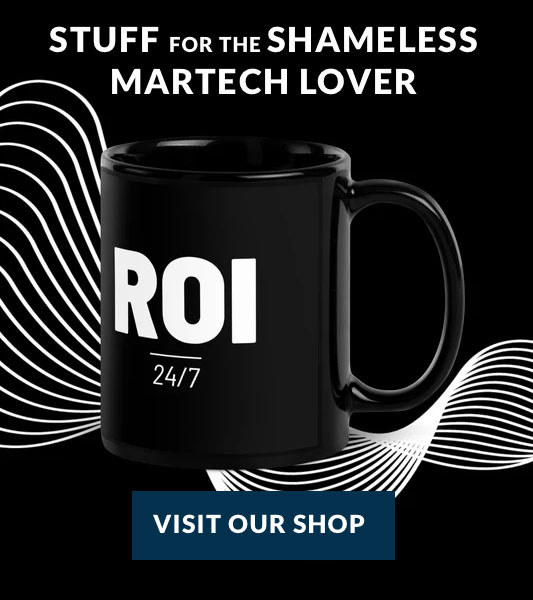By Erik Michal, ddm marketing+communications
When looking for materials and resources for an email marketing campaign, almost all are geared toward the B2C space. These transactions are hallmarked by a short-term sales cycle in which the customer/client journey is moving to a small transaction, then starting over. The B2B cycle is a different animal. So what are the key strategies to remember in any B2B email campaign?
How B2B is different from B2C
The differences between B2B and B2C marketing are well–documented. As it pertains specifically to email marketing, one key difference is worth remembering: the first step once you’ve gathered leads — in other words, the way to build a relationship with a client — will look very different.
Because the B2B sales cycle is so long, the relationship-building stage will entail less emotional appeals, more storytelling, and more fact-offering. In short, it requires less marketing. Because buyers in the B2B space are typically making a larger investment in terms of time and money than the typical consumer purchase, these are not impulse buys. The B2B email marketer should not treat them as such.
This higher upfront investment means potential clients cannot — and should not — be pushed into impulse buys. They might need to keep coming back for more information, and that’s OK. With more stakeholders involved on the buyer’s end, more information will be needed as the buyer circles back to the various stakeholders involved in their purchase.
Rather than going for the one-off sale, the goal of the B2B email marketer is to build a long-term relationship with the buyer. While the way the email marketing tools are used will differ in the B2B and B2C spaces, the tools themselves might look the same.
B2B marketing tools
Here are some examples of email marketing materials that offer a soup-to-nuts guide for novices to email marketing. Although the examples provided lean heavily toward a direct-to-consumer approach, each offers a useful walkthrough of the raw tools involved.
- Campaign Monitor’s start-up guide shows examples that specifically try to sell the consumer on something — not necessarily the message you want to send in a B2B space. However, their email list building guide suggest creating emails that: have compelling content (standard for all media), provide discounts on your first order (an effective strategy for smaller transactions and sales cycles) and offer free/express shipping upgrades (an incentive unique to e-commerce).
- Mailchimp’s “Email Marketing Benefits: 10 Ways It Can Grow Your Business” is useful for anyone taking their first step into email marketing. This guide immediately heavily features ROI, something that is a heavy emphasis in small sales cycles like ecommerce, but is far more complex for typical B2B transactions. However, they specifically called out B2B vs. D2C practices and kept the article pretty balanced.
- Hubspot’s “30 Brilliant Marketing Email Campaign Examples [+ Template]”offers a variety of email examples that are fairly varied, but there’s about 5-10 minutes of reading before you get there. They emphasize ROI, citing advantages like abandoned cart emails and nurturing campaigns, again showing D2C specific examples. It doesn’t touch on the long road B2B sales may take, and how your strategies may be geared less toward action and more toward informing potential clients.
How to use the tools in the B2B marketing toolkit
LinkedIn is great for aggregating leads, ad placements, and Google buys in the B2B marketing space. Appealing to leads through your preferred social channel might require specific information upfront before they are ready to put their email address into your sales funnel. At this stage, consider leading with:
- Product specifications
- Specific studies about how your product has performed
- Specific testimonials about your product
SMS is a useful marketing tool in the B2C space, but it might not be optimal for the typical B2B business. Even though it’s a useful tool for getting leads into your sales funnel, the breadth and depth of information being disseminated to potential clients might make SMS messaging prohibitive.
With that upfront information out of the way, here’s how a typical B2B email might progress:
- First email: might be about your brand, how long you’ve been around, how you became experts in the space, how you’re changing the space, etc.
- Follow-up emails: Because it’s a long-term relationship, expect to send follow-up marketing emails even after the first sale. Warranty information, maintenance teams, specific product specs, how to use your product, and walking the buyer through the onboarding of your product can be essential to maintaining a health relationship with your client.
- Product updates: As your company releases new versions of the core products you’ve already sold, or restocks its existing inventory, update customers on what’s going on behind the scenes
- Automated reminders: Keep tabs on when the customer is going to need more of the product they purchased, then set and send automated email reminders to lighten your workload and make your clients’ lives easier.
- Follow-up surveys: Is the customer happy with their product? Don’t wait for them to check in first. These can be automated, too.
Remember that the email marketer’s job is not to move a lead in any one direction. Sales emails are always to be sent in concert with conversations with a sales rep. Your sales reps might be working with your potential lead for the rest of their working lives. Digital marketing can supplement that relationship with information about what else they might like to buy. The email marketer exists to nurture, not to convert, and to give potential clients more information. The goal is to get the user to ask you about your products.
For that reason, much of the information geared toward B2C email marketing simply doesn’t apply in the B2B space. Fewer brands are competing for the same clients. Switching brands can require more time, energy, and manpower. More care is required behind each email campaign. The payoff is huge: if you make a sale or conversion in one of these spaces, you can have a customer for life.
Erik Michal is the marketing automation manager at ddm marketing + communications, a B2B digital marketing agency for complex and regulated industries. Erik provides email and marketing automation leadership and delivers solutions and industry expertise to ddm’s clients.










